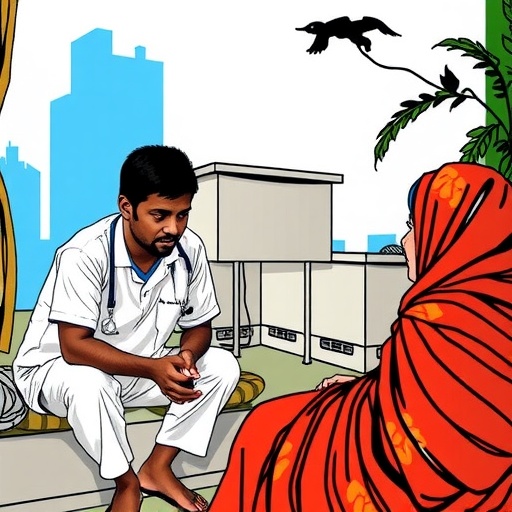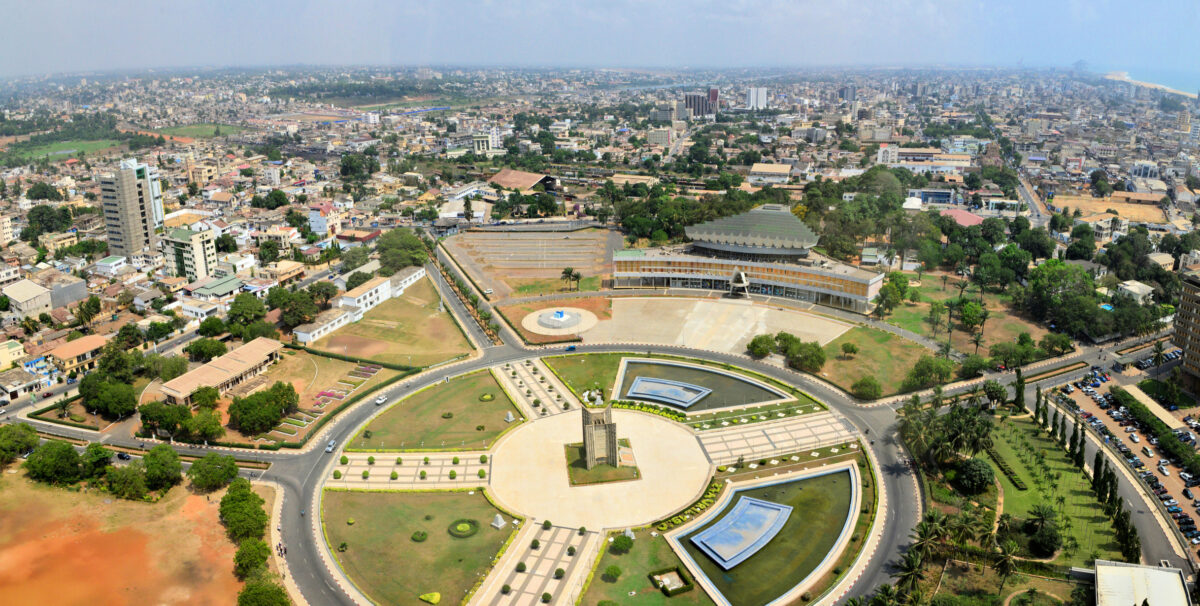State govt. is encouraging growth of small-scale industries, says Minister – The Hindu

State Initiatives for Sustainable Industrial Development in Yadgir District
Executive Summary: Aligning Economic Growth with Sustainable Development Goals
A recent address by Sharanabasappa Darshanapur, Minister for Small-Scale Industries and Public Enterprises, outlined the State government’s strategic initiatives to promote small-scale industries in Yadgir. These efforts are fundamentally aligned with several United Nations Sustainable Development Goals (SDGs), focusing on creating economic opportunities, building resilient infrastructure, and fostering responsible production. The initiatives aim to boost job creation and enhance financial stability for individuals, contributing directly to regional sustainable development.
Fostering Decent Work and Economic Growth (SDG 8)
The government’s primary objective is to stimulate economic activity that provides decent work and improves livelihoods, directly addressing SDG 8 (Decent Work and Economic Growth) and SDG 1 (No Poverty). Key actions include:
- Encouraging the establishment of small-scale industries as a primary driver for job creation and the financial stabilization of the local population.
- Removing administrative hurdles for industrialists to create a business-friendly environment conducive to growth.
- Establishing a dedicated Ministry for Micro, Small and Medium Enterprises (MSMEs), a decision by Chief Minister Siddaramaiah to provide focused support to this vital sector.
Building Resilient Infrastructure and Promoting Inclusive Industrialization (SDG 9)
To support the goal of sustainable industrialization, the government is actively developing the necessary infrastructure, a core target of SDG 9 (Industry, Innovation and Infrastructure). Specific land acquisition projects have been undertaken to facilitate the establishment of new industrial units:
- The acquisition of 100 acres of land near Mundaragi village in Yadgir taluk has been completed.
- An additional 50 acres of land have been identified in Shahapur taluk for industrial expansion.
Advancing Responsible Production and Strategic Partnerships (SDG 12 & SDG 17)
The government’s strategy extends to ensuring that industrial growth is sustainable and collaborative, reflecting the principles of SDG 12 (Responsible Consumption and Production) and SDG 17 (Partnerships for the Goals).
- A workshop on “lean project and zero defect, zero effect (ZED)” was inaugurated by the Minister, signaling a commitment to promoting manufacturing practices that are efficient, produce high-quality goods, and have a minimal environmental impact.
- The initiative is supported by a strong partnership between various stakeholders, including the state government, the district administration led by Deputy Commissioner Harshal Boyar, and key industry bodies such as the Chamber of Commerce and Industries and the Rice Mills Association.
Analysis of Sustainable Development Goals (SDGs) in the Article
1. Which SDGs are addressed or connected to the issues highlighted in the article?
- SDG 8: Decent Work and Economic Growth: The article’s primary focus is on boosting job creation and stabilizing the financial status of individuals through the establishment of small-scale industries. This directly aligns with the goal of promoting sustained, inclusive, and sustainable economic growth, full and productive employment, and decent work for all.
- SDG 9: Industry, Innovation and Infrastructure: The government’s efforts to encourage the growth of small-scale industries, acquire land for industrial units, and establish a Ministry for MSMEs are all measures aimed at building resilient infrastructure and fostering inclusive and sustainable industrialization. The mention of a workshop on “lean project and zero defect, zero effect (ZED)” also points towards innovation in industrial processes.
- SDG 12: Responsible Consumption and Production: The reference to “zero defect, zero effect (ZED)” implies a focus on sustainable production patterns. “Zero defect” relates to quality and efficiency, while “zero effect” suggests minimizing the adverse environmental impact of industrial activities, which is a core principle of SDG 12.
2. What specific targets under those SDGs can be identified based on the article’s content?
-
Target 8.3: “Promote development-oriented policies that support productive activities, decent job creation, entrepreneurship, creativity and innovation, and encourage the formalization and growth of micro-, small- and medium-sized enterprises (MSMEs)…”
- Explanation: The article explicitly states that the government is encouraging the establishment of small-scale industries to “boost job creation.” The decision to create a dedicated “Ministry for Micro, Small and Medium Enterprises (MSMEs)” is a direct policy action to support these enterprises.
-
Target 9.2: “Promote inclusive and sustainable industrialization and, by 2030, significantly raise industry’s share of employment and gross domestic product…”
- Explanation: The government’s initiative to acquire “100 acres near Mundaragi village” and identify “50 acres of land… in Shahapur taluk” for industries is a clear step towards promoting industrialization in the district. The goal is to encourage industries to “set up their units in the district,” thereby increasing industry’s share of local employment and economy.
-
Target 9.3: “Increase the access of small-scale industrial and other enterprises… to financial services… and their integration into value chains and markets.”
- Explanation: The article mentions that the government is working to ensure “industrialists are free of hurdles while establishing small-scale industries” and that the department “focuses on helping industries import products.” These actions facilitate the integration of small-scale industries into broader markets.
3. Are there any indicators mentioned or implied in the article that can be used to measure progress towards the identified targets?
- Number of jobs created: The article’s main objective is to “boost job creation.” The number of new jobs resulting from the establishment of these small-scale industries would be a direct indicator of progress.
- Land allocated for industrial use: The specific mention of “100 acres” and “50 acres” of land being acquired or identified for industrial purposes serves as a quantifiable indicator of the government’s commitment to expanding industrial infrastructure.
- Establishment of new government bodies: The creation of a “Ministry for Micro, Small and Medium Enterprises (MSMEs)” is a policy-level indicator that demonstrates institutional support for the sector.
- Adoption of sustainable practices: The implementation of the “zero defect, zero effect (ZED)” framework by industries can be used as an indicator to measure the adoption of sustainable and efficient production methods.
4. SDGs, Targets, and Indicators Table
| SDGs | Targets | Indicators |
|---|---|---|
| SDG 8: Decent Work and Economic Growth | 8.3: Promote development-oriented policies that support productive activities, decent job creation, entrepreneurship… and encourage the formalization and growth of micro-, small- and medium-sized enterprises (MSMEs). |
|
| SDG 9: Industry, Innovation and Infrastructure |
9.2: Promote inclusive and sustainable industrialization.
9.3: Increase the access of small-scale industrial and other enterprises… and their integration into value chains and markets. |
|
| SDG 12: Responsible Consumption and Production | 12.2: By 2030, achieve the sustainable management and efficient use of natural resources. |
|
Source: thehindu.com

What is Your Reaction?
 Like
0
Like
0
 Dislike
0
Dislike
0
 Love
0
Love
0
 Funny
0
Funny
0
 Angry
0
Angry
0
 Sad
0
Sad
0
 Wow
0
Wow
0


-1920w.png?#)







































































